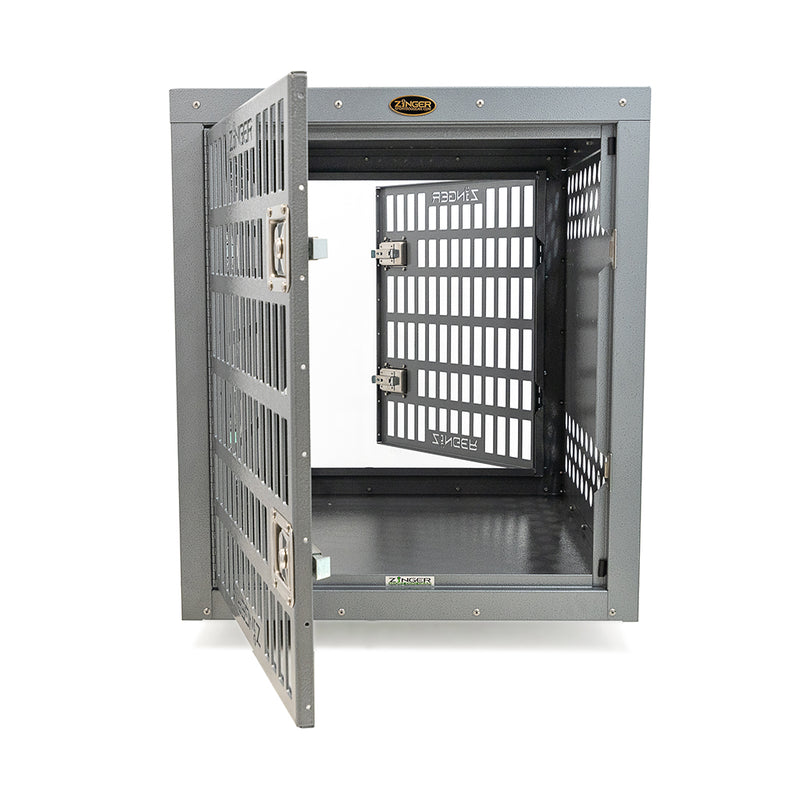Your Cart is Empty
Electronic Collars
Collars and Leads
Dog Tracking Systems
Dog Training
Bird Launchers
Hunting Dog Supplies
For The Hunter
What is an E-collar and which E-collar is Best for Your Dog
February 23, 2016 3 min read
 E-collars which are also known as remote collars are operated remotely with a handheld controller. While many people consider e-collars nothing more than a shock collar used to correct bad pet behavior, e-collars have greater uses beyond behavior correction. Location tracking is one of those uses. Over the next few weeks we'll be doing a short article series on e-collars. In this initial article we will take a look at the different types of e-collars and their uses, including the beeper and no-bark collars.
E-collars which are also known as remote collars are operated remotely with a handheld controller. While many people consider e-collars nothing more than a shock collar used to correct bad pet behavior, e-collars have greater uses beyond behavior correction. Location tracking is one of those uses. Over the next few weeks we'll be doing a short article series on e-collars. In this initial article we will take a look at the different types of e-collars and their uses, including the beeper and no-bark collars.
Types of E-collars
We have five types of e-collars in our inventory at Lion Country Supply, and each collar type has specific features and applications. The types of e-collars we have are tracking, training, tracking and training systems, beeper collars, and no-bark collars.
1. Tracking E-collar
2. Training E-collar
3. Tracking and Training Systems
4. Beeper Collars
5. No-Bark Collars
Now let's take a closer look at the five e-collar types.
Tracking E-Collars

So you have a very active dog that you would like to track at all times in the field. This is where the tracking e-collar is useful. Operating on GPS technology, the tracking e-collar gives you information on your dog's position at that exact moment, and like a GPS the tracking collar also tells you where the dog has been, the direction they are traveling, and how far away they are from you. This type of collar is useful for tracking hunting dogs, field trial dogs, search and rescue dogs and other applications where distance can become between dog and the handler. E-collars labeled as tracking collars generally do not have stimulation features. Price range: $379-$600.
Training E-collars

Training e-collars are useful in a variety of applications from basic obedience dog training to correcting a persistent behavior problem with your dog. Training e-collars come with different features and specifications such as the range of transmission, sensitivity levels, and overall quality of the e-collar system. The price of the basic obedience training e-collars are very affordable but become increasingly more expensive with the added features required by serious trainers. Training e-collars do not have GPS tracking technology. Price range: $100-$600.
Tracking and Training E-collars

With the combined features of both the tracking e-collar and the training e-collar, these e-collars are designed to track your dogs in the field while also providing the training features you get with the training e-collar, all in one e-collar unit. The features and range of these e-collars vary depending on the manufacturer and cost. These collars are used by serious dog trainers and handlers and are generally more expensive than most training or tracking e-collars. Price range: $600-$1000.
Beeper Collars

Designed for hunting applications, beeper collars emit audio signals to help you determine the exact location of your dog in the field. Designed to replace the hunting dog bell, beeper collars allow you to track your dog in heavy cover at longer ranges. A great feature of the beeper collar are the internal motion sensors that send the audio signal when the dog is pointing, which is something the hunting dog bell can't do. Beepers are sometimes available as complete collar systems or as separate add-ons to your existing collar. Price range: $300-$600.
No-Bark Collars

If your dog is barking excessively during inconvenient times such as during the early morning hours or when you have guests, the no-bark collar can help. No-bark collars do not have handheld devices and are activated by the dog's own barking. The correction is a brief stimulation or warning sent to your dog when appropriate. No-bark collars are available in ultrasonic, vibration and static stimulation. Price range: $50-$100.
Leave a comment
Comments will be approved before showing up.
Subscribe
Sign up to get the latest on sales, new releases and more …
Featured Products

Subscribe
Sign up to get the latest on sales, new releases and more …



